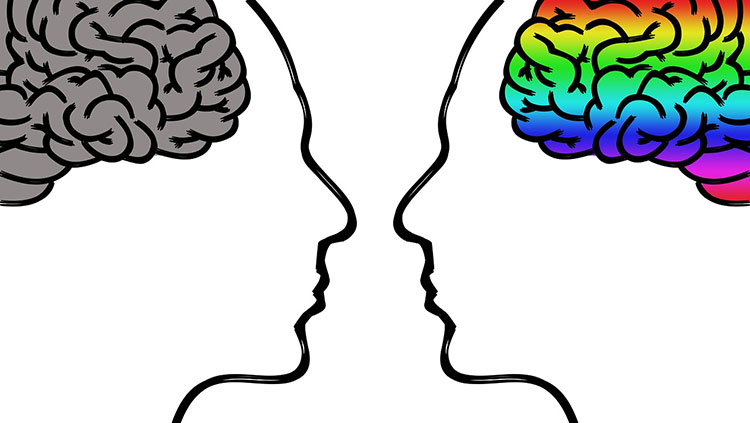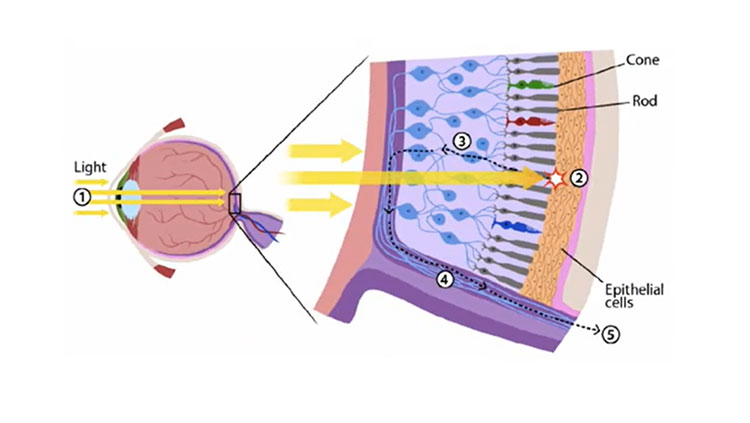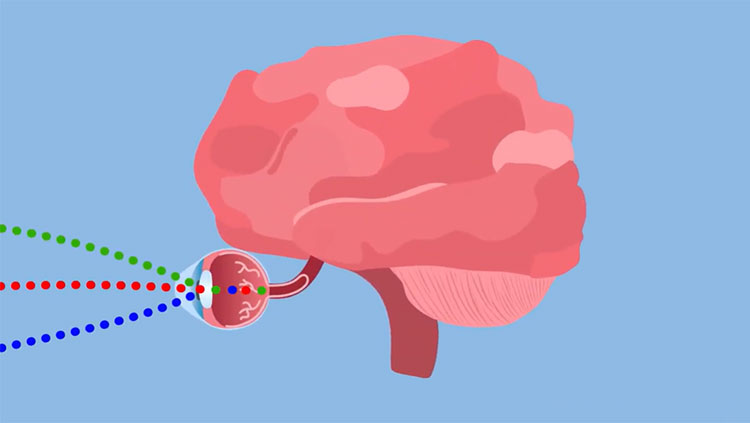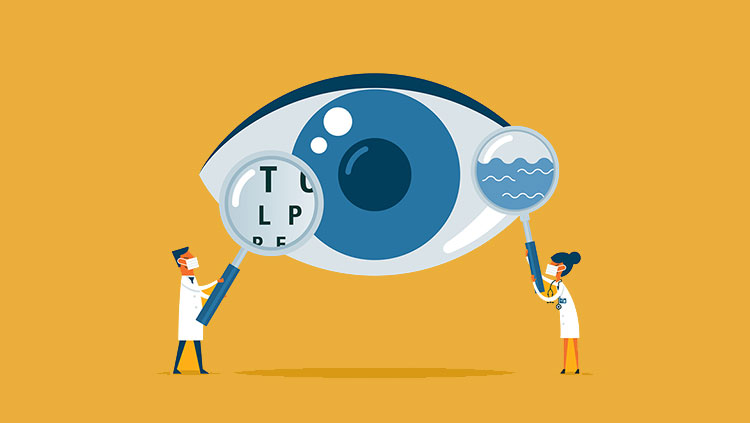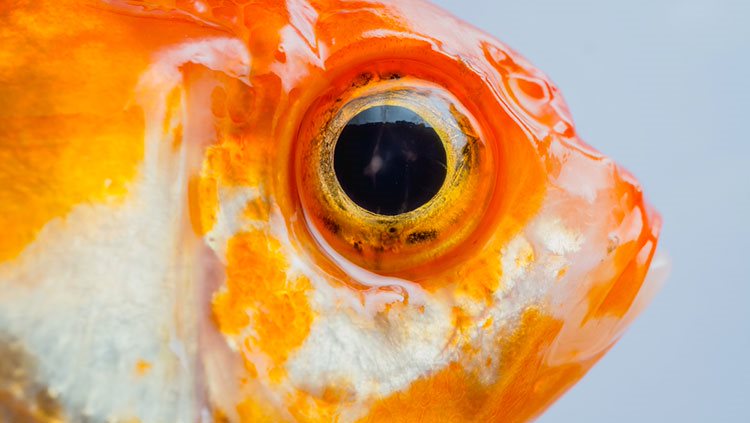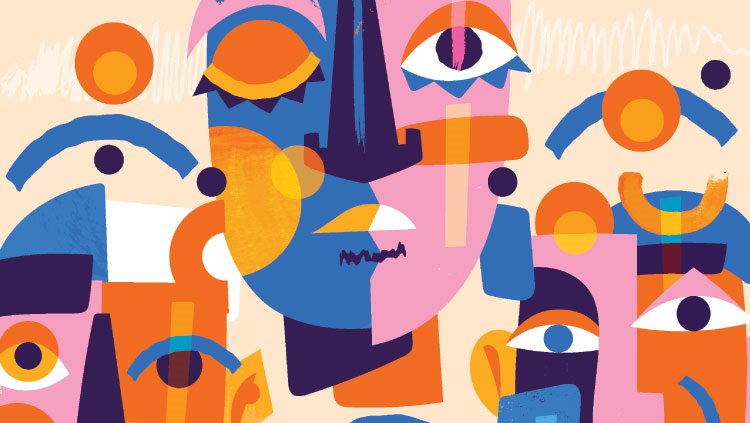What color is Monday? The question may sound bizarre, but for people with synesthesia, days of the week might have their own colors, shapes, textures — even smells! Synesthesia is a neurological condition where people experience a blending of the senses, and neuroscientists are exploring the condition and its role in creativity and learning.
This video is from the 2019 Brain Awareness Video Contest.
CONTENT PROVIDED BY
BrainFacts/SfN
Transcript
Imagine this scenario, it is your second year of attending university and you happen to come across an eye-catching poster on the back of a toilet stall. It reads, “What Color is Monday? If you can answer that question, you might have synesthesia.” Staring in disbelief, you text one of your friends the same question and get the response of “I have no idea what you’re talking about.” Suddenly, you realize that maybe what you’ve been experiencing your entire life isn’t exactly the norm.
This is the story of Holly Baxter, and seeing a color associated with Monday is an ordinary part of her day. She’s always known that Thursdays are dark blue, the names Audrey and Kirsty have the texture of folded curtains, and the word enlightenment is magenta with a bubble-like texture.
Holly’s condition is known as synesthesia. The word comes from the Greek “synth” meeting together and “ethesia” meaning perception. Simply defined, synesthesia is “a sensation produced in one modality when a stimulus is applied to another modality,” such as when the hearing of a sound induces vision of a color or a word has a specific taste.
Synesthesia has more than 80 identifiable types. Some of the most common include grapheme-color, where letters and numbers have their own colors; and spatial-sequence, where numbers, months, and days of the week are located in specific places in space. Combining all types of synesthesia, up to four percent of the population is affected.
Interestingly, the condition is most prevalent among artists, with an estimated 23 percent having synesthesia. This isn’t surprising when looking at notable figures who are said to have or have had the condition: Vincent van Gogh, Kanye West, Billy Joel, Pharrell Williams, John Mayer, and Marilyn Monroe.
The majority of synesthetes have had the condition for as long as they can remember. But, in rare circumstances, others have acquired it, typically from neurological conditions such as multiple sclerosis and radiologically isolated syndrome, or outside influences such as posthypnotic suggestion and drug use.
Neuroscientists aren’t exactly sure what causes synesthesia, but for innate synesthetes, evidence points to more connections between parts of the brain responsible for sensory interpretation-typically visual, auditory, and intraparietal networks. Essentially neurons and synapses that should be isolated to
one sensory system happened to cross over to other sensory systems.
For example, colored-hearing synesthetes have been shown to display activity in several areas of the visual cortex associated with processing color when they hear certain words. One hypothesis proposes that crossed sensory connections are present in everyone at birth but are refined during maturation. In synesthetes, these connections remain throughout adulthood and are not lost.
Studies have shown that the condition definitely has its advantages — synesthetes have been proven to have better color perception, stronger associations between sounds and shapes, and heightened creativity, partially explaining why so many synesthetes are artists. Synesthesia can also be conducive to learning. Synesthetes appear to be able to use their unusual experiences as mnemonic devices, providing useful while learning abstract concepts.
Candita Wager, a research assistant at UC Berkeley, and a synesthete herself, says that everything she remembers “is a set of color combinations whether it is the key that a song is in or a phone number.” In addition to neurological differences, synesthesia also appears to have a genetic component, as it runs in families — about 40% of synesthetes have a close relative with the condition.
A 2018 study published in the Proceedings of the National Academy of Sciences identified 37 different genes with variants predictive of whether a person would have synesthesia, axonogenesis, or the generation of a neuron’s axon. The future of synesthesia research looks promising. Studying the condition could be particularly helpful in understanding how sensation and perception work in the brain.
Hopefully by discussing synesthesia, we will increase public awareness and help to reduce any stigma surrounding the condition. So, what color is Monday? Do you have synesthesia?
Thank you for watching.
Also In Vision
Trending
Popular articles on BrainFacts.org


